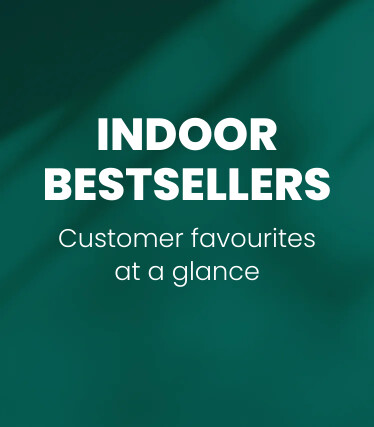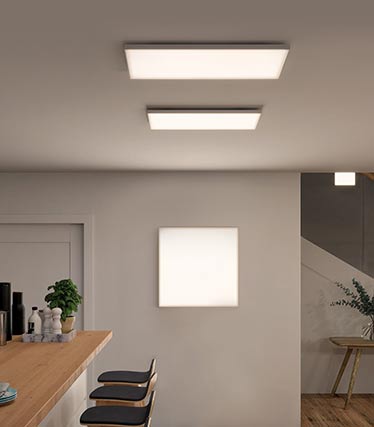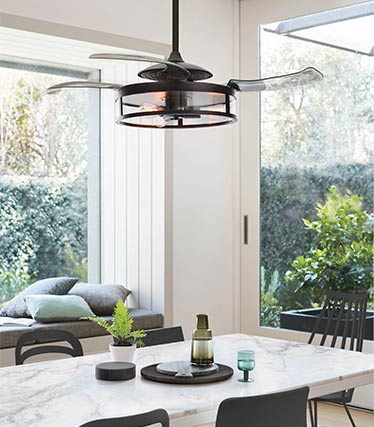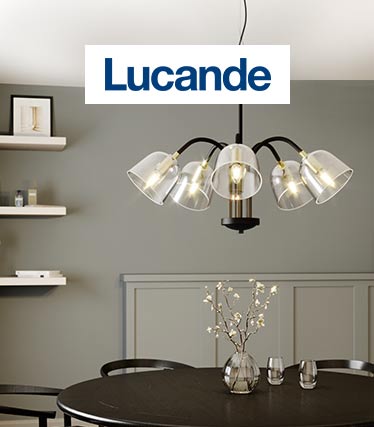:format(jpeg))
Sports hall lighting
Best viewing conditions for all sportsOptimum viewing conditions enable sports such as basketball, boxing, fencing and table tennis to be played in a fair, performance-orientated and not least entertaining way. The lighting of sports halls and sports fields places high demands on the lighting conditions. Not only is uniform and glare-free light important, but the lighting also requires a high degree of flexibility, especially in multi-purpose halls.
- Optimum visual conditions for athletes
- Fair competition conditions thanks to glare-free, bright light
- Very good visibility for spectators
Your lighting project with Lights.co.uk
Sports halls are often divisible multi-purpose halls that are used by schools and clubs for various sports, for example. The sport with the most demanding visual task is the benchmark for the entire lighting design. A good lighting concept combines individually switchable lighting solutions with precisely defined light qualities, whereby each sub-area must also guarantee glare limitation for both main directions of vision.
Rely on the lighting design experts at Lights.co.uk with a wide range of industry experience.
:format(jpeg))
Lamps and luminaires for sports hall lighting
A carefully planned lighting concept for sports halls must be as flexible as possible due to the different types of sport that are practised in multi-purpose halls. Various, separately controllable lighting solutions enable different sports to be practised. Sports hall lighting also requires a high level of resistance: as balls or other objects in sports halls can collide with the lighting, it must be ball-proof, i.e. impact and shock-resistant, in accordance with DIN VDE 0710-13. This also reduces the risk of injury from falling luminaire parts. There are also numerous advantages when retrofitting or installing new LED lighting systems in sports halls.
Lamps and luminaires for sports hall lighting
- Reduced energy costs for more economical lighting
- No switch-on delay - immediate 100 % brightness
- Low maintenance costs due to a very long service life
- No flickering and no UV and IR radiation
- Full dimmability and further customisation options
- Reduced heat generation
Legal requirements for the lighting of sports halls
The legal requirements for lighting in sports halls are set out in DIN EN 12193. This standard takes into account, among other things, the visual information intake during the sporting event, the maintenance of visual performance, acceptable visual conditions, the limitation of stray light and, last but not least, conditions for the film and television broadcasting of sporting events. In general, the standard distinguishes between three classes of sports hall lighting: Class I with at least 750 lux for high-performance competitions, Class II with at least 500 lux for medium-level competitions and Class III with at least 300 lux for simple competitions as well as school and leisure sports.
Various areas of application for sports hall lighting
:format(jpeg))
Team sports such as handball, volleyball, basketball or indoor football require uniform illumination of the hall with an illuminance of at least 200 lux (lighting class III = recreational sports) to ensure an optimum overview. To avoid glare when looking at high balls, the luminaires for a volleyball court, for example, should not be mounted on the ceiling directly above the court. Similarly, no lights should be installed above basketball hoops within a radius of four metres so as not to dazzle the players and impair their view of the basket.
:format(jpeg))
Martial arts promote and demand quick reactions. However, this is only possible if even minimal movements can be recognised that indicate an attack. Good visual conditions are essential for this. The lighting for sports such as karate, judo, aikido and wrestling is similarly demanding in terms of horizontal illuminance as for common ball sports. Similar requirements also apply to weightlifting. Adequate lighting is essential here to help weightlifters concentrate and perform their movements correctly and to minimise the risk of injury.
:format(jpeg))
Small, fast balls play a central role in sports such as hockey and table tennis. According to DIN EN 12193, a horizontal illuminance of 300 lux is therefore recommended for school and leisure sports (lighting class III). This makes it possible to track balls precisely and react quickly. Similar vertical illuminance levels are required for high balls. More specific requirements apply to competition table tennis: four floodlights are required for table tennis tables. The spotlights are positioned to the side so that the players are not dazzled and there are no disturbing reflections on the panels. The table tennis table must also be well lit within a radius of 5 metres.
:format(jpeg))
Very high balls are the norm in badminton. To ensure that the players are not dazzled when chasing these highly hit shuttlecocks, no lights should be placed directly above the court. In addition, sufficient vertical illuminance must also be created here. This prevents so-called "camouflage zones", where it is difficult for the eye to follow the trajectory of the ball. Adequate vertical illuminance means that the ball can be easily recognised even at the highest possible point of the trajectory, enabling players to locate it safely and execute a precise shot.
:format(jpeg))
Fencing is characterised by lightning-fast actions and corresponding reactions. DIN EN 12193 also defines increased requirements for vertical illuminance here. This is due to the main visual task in fencing, where the focus is on the opponent's body. Fencers can only fully utilise their skills and compete under fair competition and lighting conditions if their movements can be fully captured and a clear view of their opponent is possible. The horizontal illuminance in fencing is also at a higher lighting level of at least 300 lux, even in school and leisure sports.
:format(jpeg))
A feature of the lighting in boxing matches is the brightly lit ring compared to the rest of the hall. While the lighting in the spectator area is generally reduced to a safety level during the fight, low-beam lights directly above the ring provide intense lighting to make every moment of the fight clearly visible. A horizontal illuminance of 500 to 2,000 lux is recommended for the ring area in order to visualise speed and power for athletes and spectators alike. According to DIN EN 12193, the colour rendering should be Ra ≥ 80. In addition to visual comfort, this is relevant for high-quality film and television recordings.
Our top categories
Good light needs professional advice
:format(jpeg))



































































:format(jpeg))
:format(jpeg))
:format(jpeg))